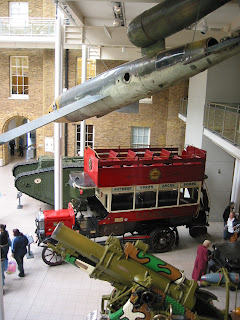the religious houses of london and middlesex
I discovered some interesting new 'facts' while reading about St Thomas Hospital in 'the Religious houses of London and Middlesex' (Ed Caroline M Barron and Matthew Davies). Firstly, the Hospital in 1535 had 3 laysisters, while originally the Sisters were professed and of the Augustinian order. At the same time the Master was accused of closing the Free School which the Hospital used to run with a £4 allocation. After a scandal in 1323 Bishop Asser involving the 'brethren and sisters' ordered that they should all follow the rule of St Augustine (the implication being that they did not subscribe to this rule before) and that the Master should eat with the Brethen In 1357 the hospital presented a petition to the Pope, asking for an indulgence of 2 years for fund raising. In the petition they claimed that the Hospital was founded by St Thomas Becket himself in Southwark. In 1299 Isaac the Jew gave a house to the Hospital (interesting because the Jews were suppo
